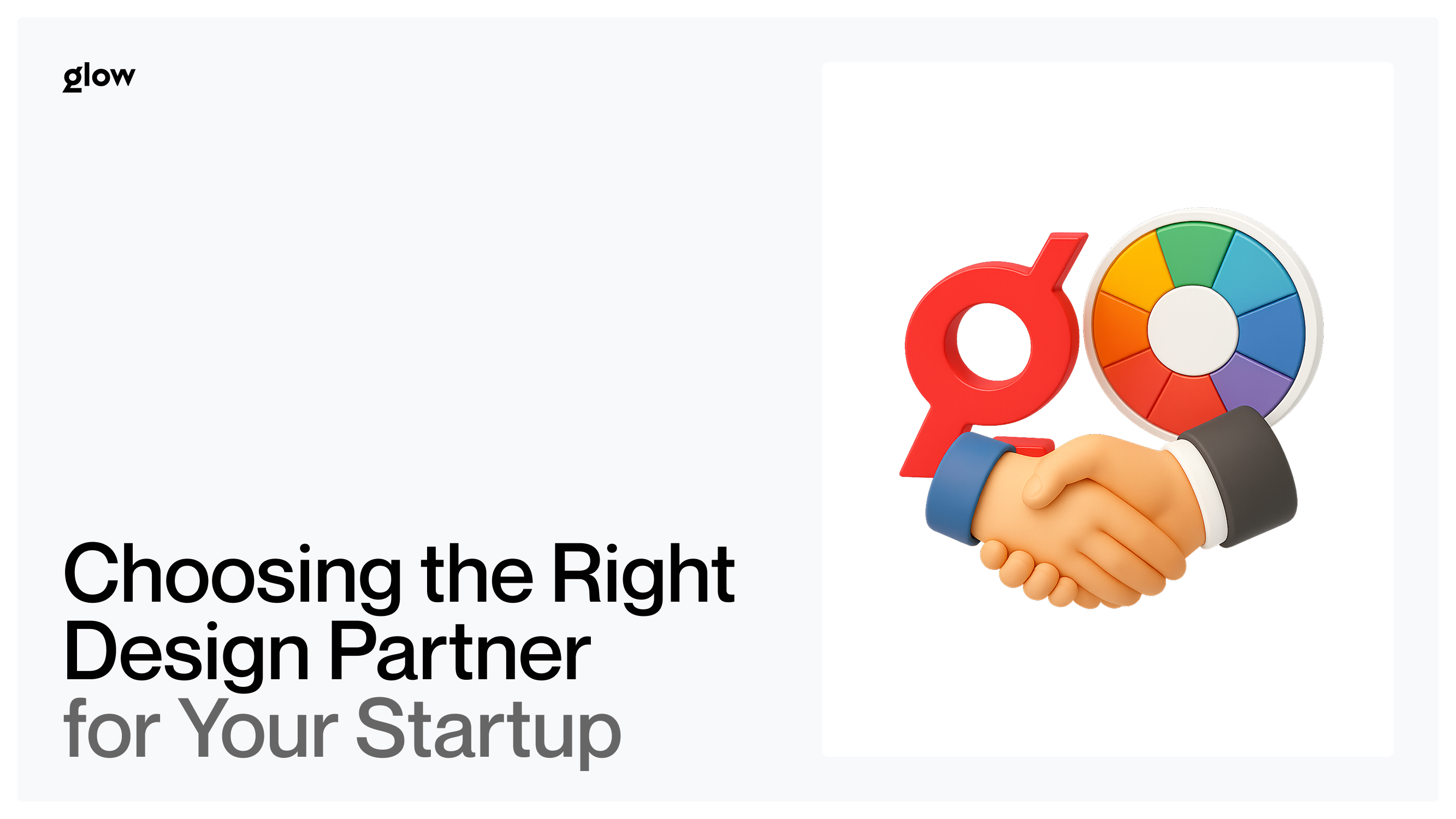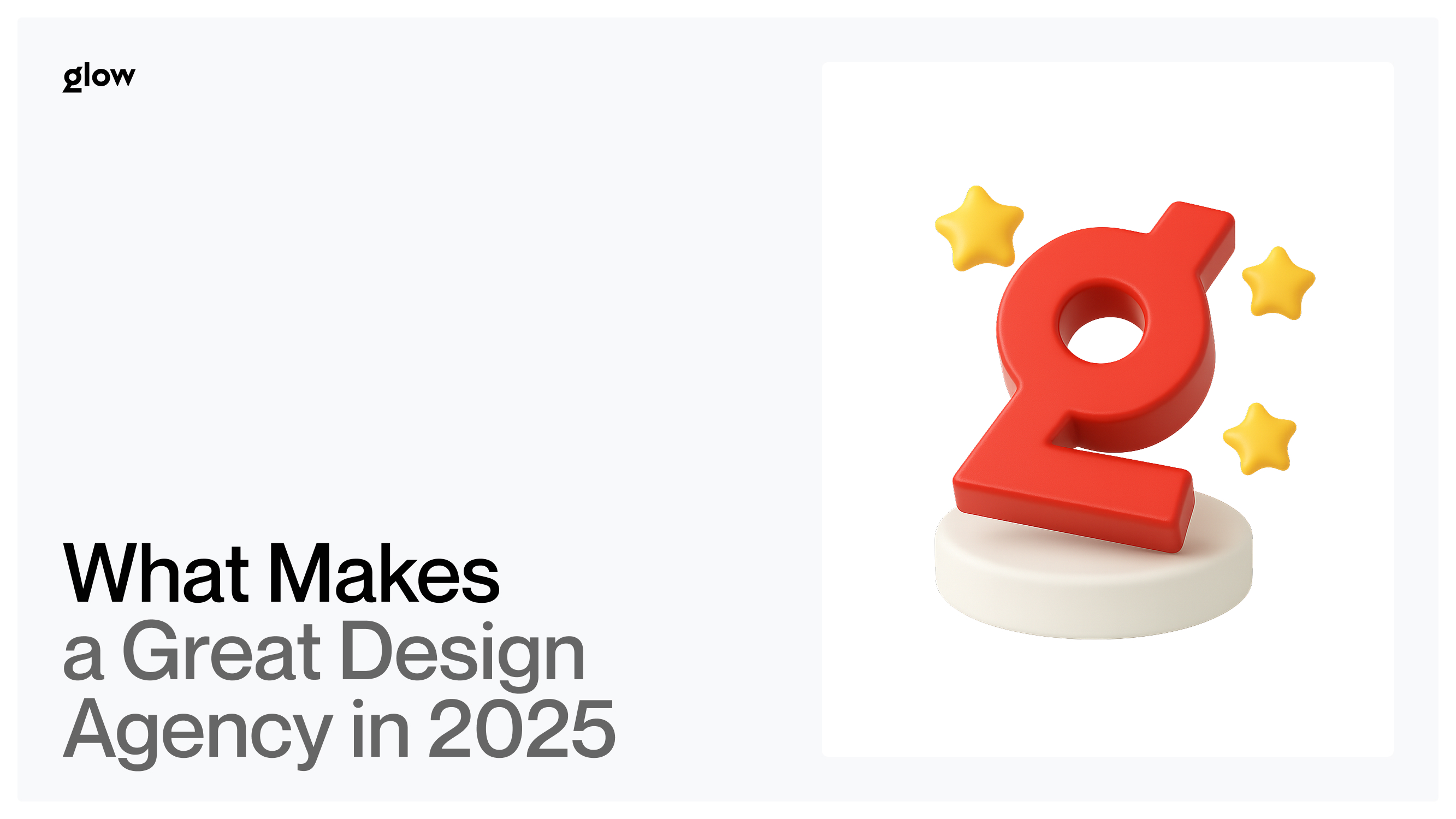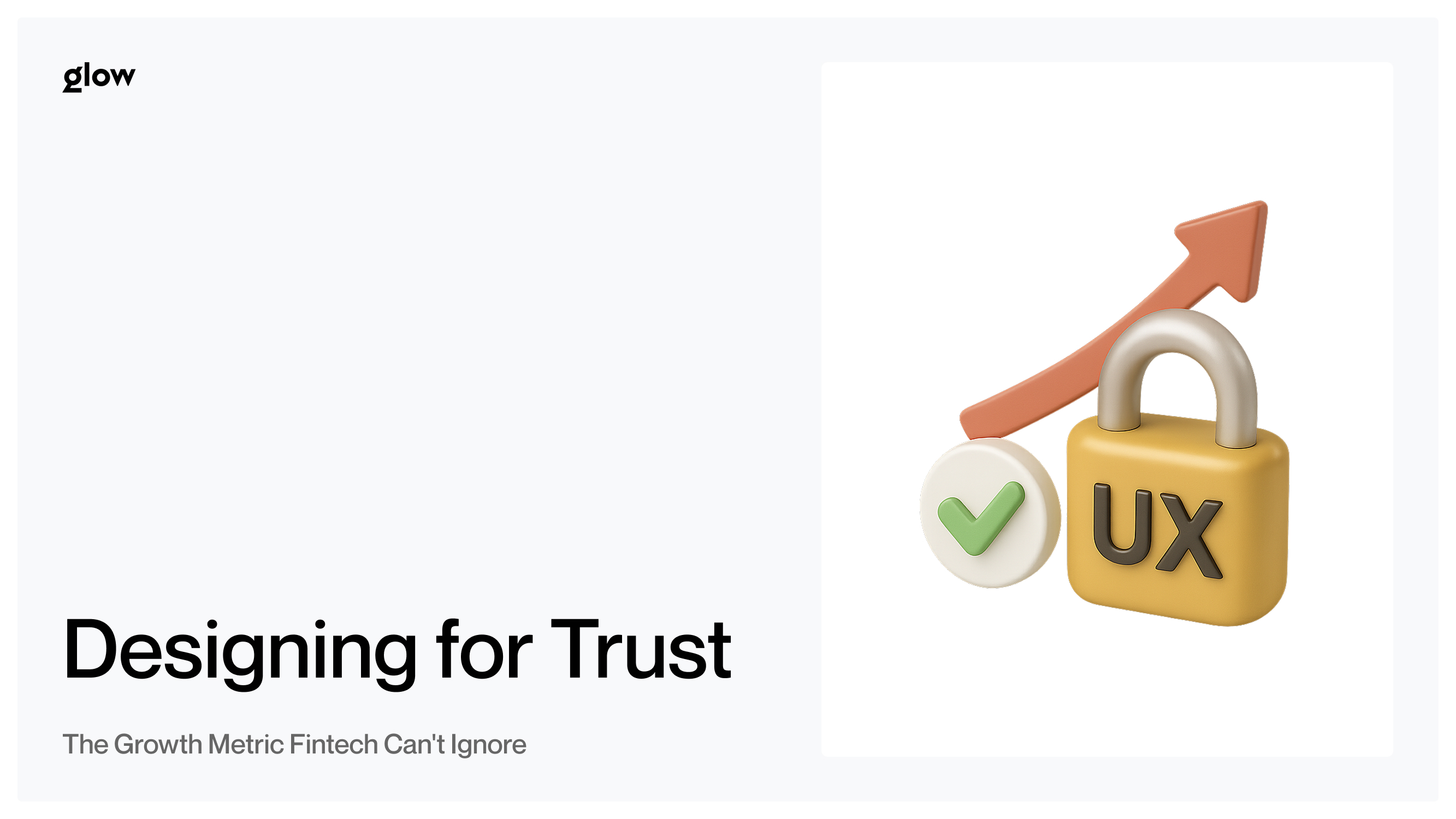Finding the right design partner for startup projects can make or break your path to product-market fit. According to CB Insights, 35% of startups fail because they build products nobody wants — often because they chose the wrong early customers to validate with. A strategic startup design partner isn't just an early adopter; they're a co-creator who shapes your product through real-world usage, honest feedback, and urgent need.
Why Design Partners Matter at the Early Stage
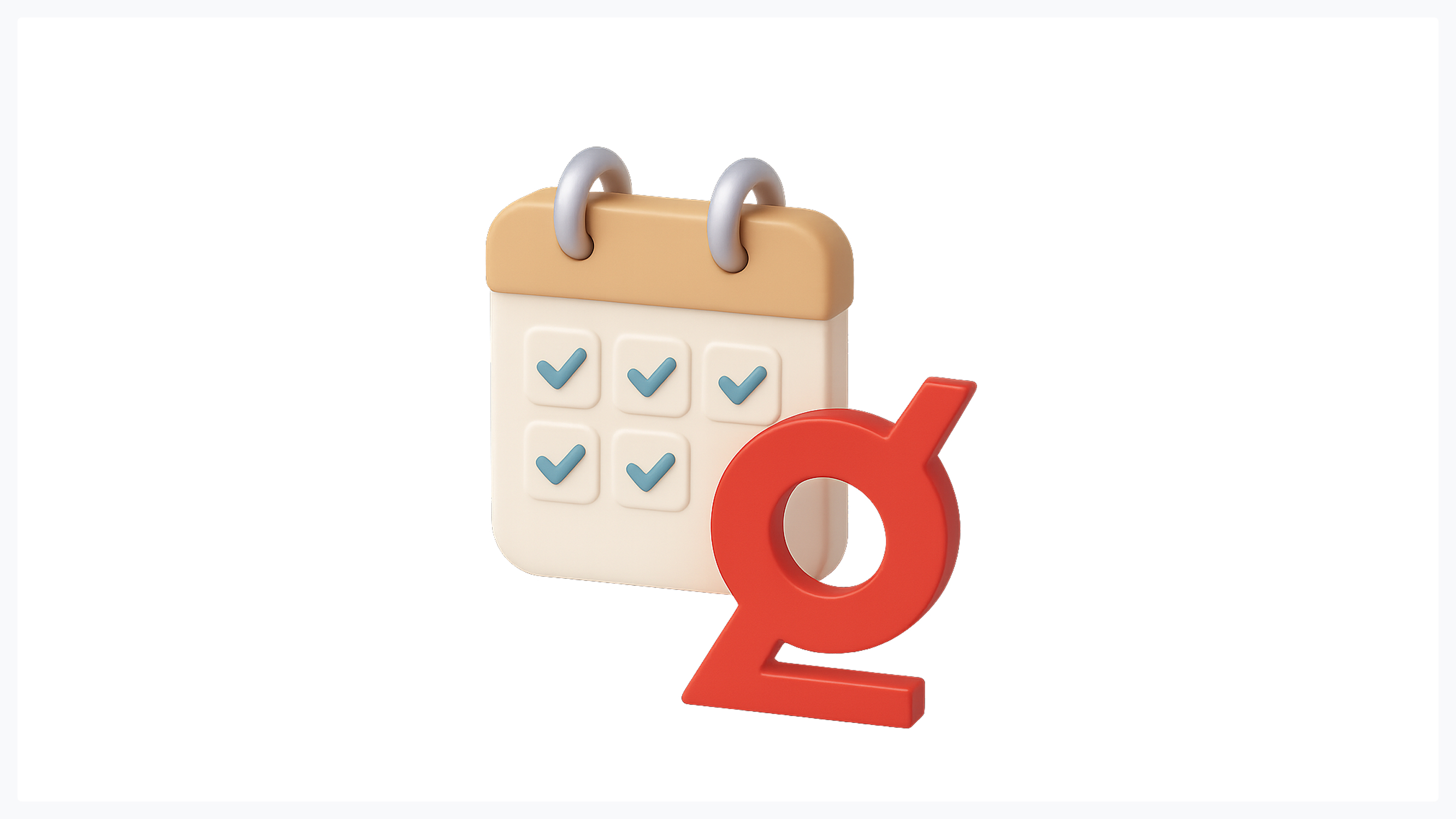
Early-stage startups operate in a fog of uncertainty. You have hypotheses about user needs, but until real users interact with your product in real scenarios, you're guessing. Design partners cut through this fog faster than any other validation method.
How Design Partners Accelerate Validation and PMF
A design partner for startup validation serves multiple critical functions: they provide honest feedback on whether your product solves a real problem, reveal edge cases and missing features you hadn't considered, and validate whether users will actually pay for your solution.
Unlike beta testers who provide surface-level feedback, design partners have skin in the game. They're investing time, resources, and internal political capital to implement your solution. This commitment means their feedback is high-fidelity and actionable.
According to First Round Review research, companies that engage 3–7 strategic design partners during development reach product-market fit 40% faster than those who build in isolation.
Why the First Users Shape Your Product Direction
Your initial design partners disproportionately influence product direction. Their problems become your feature roadmap. Their workflows shape your UX. Their feedback determines what you build next.
Choose partners who represent your target market, and you'll build a product that resonates broadly. Choose outliers, and you'll build a niche solution that doesn't scale. Slack's early design partners were tech companies with distributed teams — these characteristics defined Slack's core value proposition around reducing email overload.
Key Qualities of an Effective Design Partner

Not every interested early customer makes a good design partner for a startup. Here are the non-negotiable qualities to look for:
Deep Pain and High Urgency
The best design partners have a problem that actively costs them money, time, or competitive advantage. They're not interested in your product because it's cool — they need it to survive or grow.
Ask: “What happens if you don't solve this problem in the next 6 months?” If the answer is “not much,” they're not feeling enough pain. If the answer is “we lose customers” or “we waste 20 hours per week,” you've found urgency.
High urgency means they'll prioritize working with you despite bugs and missing features because the alternative — continuing with the status quo — is unacceptable.
Decision-Making Power and Influence
Your design partner must have the authority to make decisions and allocate resources. If they need three levels of approval to run a pilot, your feedback loop will be painfully slow.
Ideal partners are founders or C-level executives in smaller companies, department heads with budget authority in larger organizations, or internal champions who can rally other stakeholders. They should be able to say “yes” to implementation, “no” to features that don't matter, and commit resources to the partnership.
Honest, High-Fidelity Feedback
Design partners who only say positive things are useless. You need partners who will tell you when something doesn't work, when a feature misses the mark, or when your product isn't solving their core problem.
During initial conversations, ask: “What concerns do you have about our approach?” If they can't articulate any concerns, they're either not engaged enough or being too polite. Neither trait makes for effective choosing of a design partner for outcomes.
How to Evaluate and Select the Right Partner

Once you've identified potential design partners with the right qualities, evaluate them systematically across three dimensions:
Representativeness of Your Target Market
Does this partner represent the broader market you're targeting? Map your ideal customer profile: company size, industry, use case, technical sophistication, and budget. Then evaluate each potential partner against this profile.
At least 70% alignment is critical. If a potential partner requires extensive customization or has a unique workflow that doesn't apply to others, they may be too niche.
Technical Fit, Internal Champion, and Capacity
Technical fit means they have the infrastructure and capabilities to actually use your product. An internal champion means someone who actively advocates for your solution internally and removes obstacles. Capacity means they have time and resources to dedicate to the partnership.
If they're in the middle of layoffs, mergers, or major system migrations, they won't have time to focus on your solution.
Communication Style and Cultural Alignment
You'll be working closely with design partners for 2–4 months. Communication style matters.
- Red flags: taking 5+ days to respond, expecting instant responses but providing vague feedback, and canceling meetings repeatedly.
- Green flags: clear, specific feedback with examples; proactive communication about challenges; bringing additional team members to collaborate.
Structuring a Successful Design Partnership

Finding the right partners is only half the battle. Properly structuring the partnership determines whether you get actionable insights or waste everyone's time.
Starting the Conversation and Filtering Candidates
Lead with discovery, not pitching. Your goal is to understand their problem deeply and assess partnership fit.
Effective filtering questions:
- “Walk me through your current process for [problem you solve].”
- “What have you tried to solve already?”
- “If we solve this perfectly, what business outcome improves?”
- “How much time can you dedicate to feedback and testing?”
Candidates who give vague answers or can't articulate business impact aren't ready.
Ideal Number of Partners (3–7)
Too few partners (1–2) and you risk overfitting to edge cases. Too many (10+) and you spread yourself too thin. The sweet spot: 3–7 design partners for startup.
This gives you enough diversity to identify patterns vs. outliers, build deep relationships with each partner, and get a clear signal on which features matter most. If multiple partners request the same feature independently, make it.
Setting Expectations, Feedback Rhythm, and Checkpoints
Document expectations explicitly:
- What you provide: early access to product, priority support, influence over roadmap, and potential pricing discount.
- What you expect: weekly or bi-weekly feedback sessions, written feedback after key milestones, access to actual users, and honest assessment.
- Checkpoints: Week 2 (initial setup), Week 4 (core workflow validation), Week 6 (feature gap analysis), Week 8–10 (success criteria review).
Weekly or bi-weekly check-ins strike the right balance between staying connected and overwhelming partners.
Defining a Strong POC (Proof of Concept)
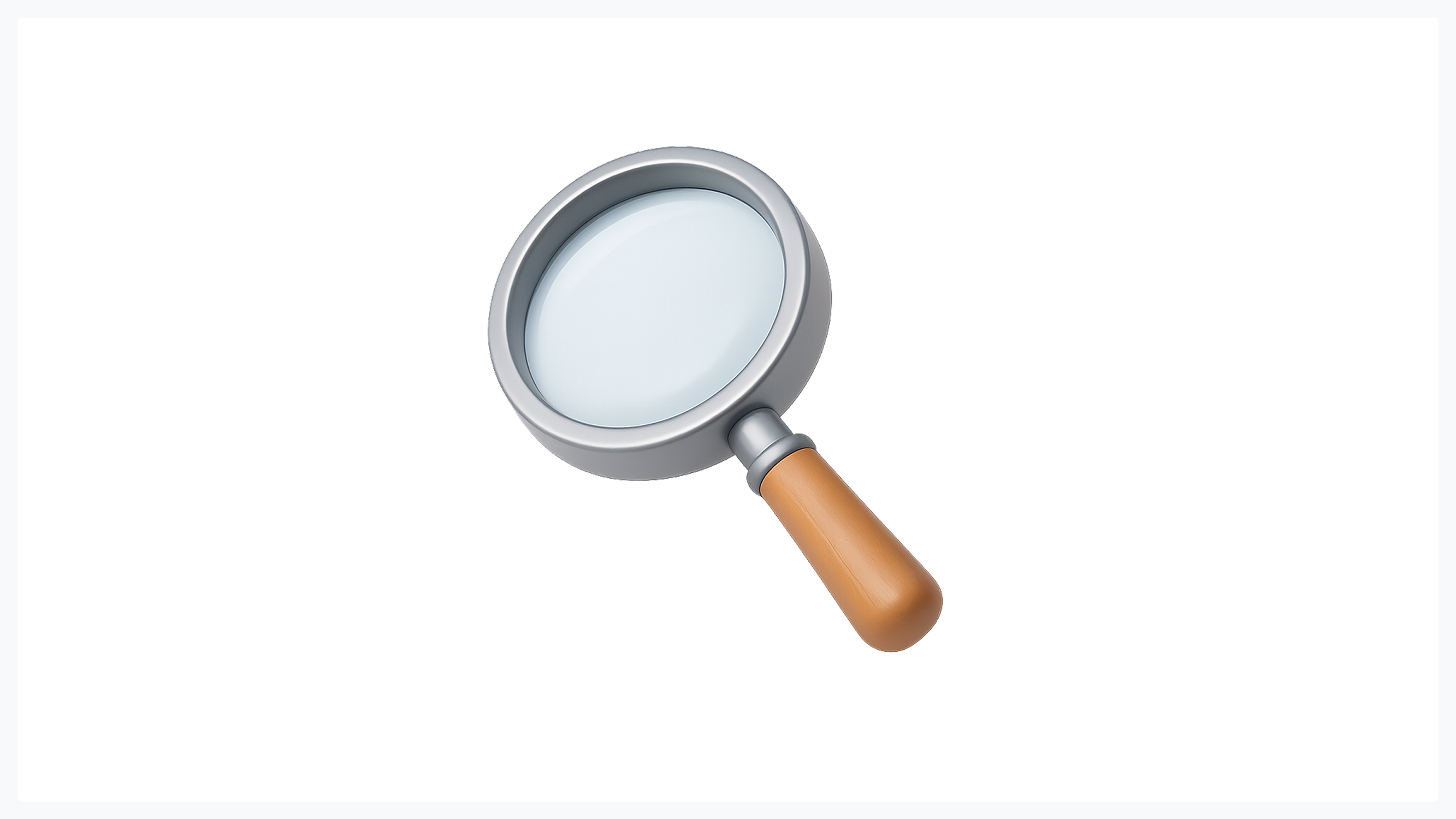
A well-structured proof of concept turns design partnerships from vague experiments into measurable validation.
Clear Success Criteria and Measurable KPIs
Before starting a POC, define what “success” looks like — quantitatively. Examples:
- “Reduce manual data entry time by 30%”
- “Increase task completion rate from 60% to 80%”
- “Achieve 4+ CSAT score from 80% of users”
- “Save $5,000/month in operational costs”
These metrics should validate your core value proposition. If you hit these numbers with 3–5 partners, you have strong evidence of product-market fit.
Time-Boxed POC (60–90 Days)
Open-ended pilots drag on forever without clear outcomes. Time-box your POC to 60–90 days maximum. This creates urgency, forces prioritization, and ensures you make a clear go/no-go decision.
According to Heavybit's research, time-boxed POCs convert to paying customers at 3x the rate of indefinite pilots because they establish accountability and demonstrate value quickly.
Aligning on Next Steps After a Successful POC
If the POC succeeds, what happens next? Define this before starting: Does the partner become a paying customer? At what price? Will they provide a case study? Can you reference them in sales conversations?
If the POC doesn't meet criteria, decide: Was the hypothesis wrong? Were the success criteria unrealistic? Did implementation challenges prevent proper testing?
Common Mistakes Startups Should Avoid
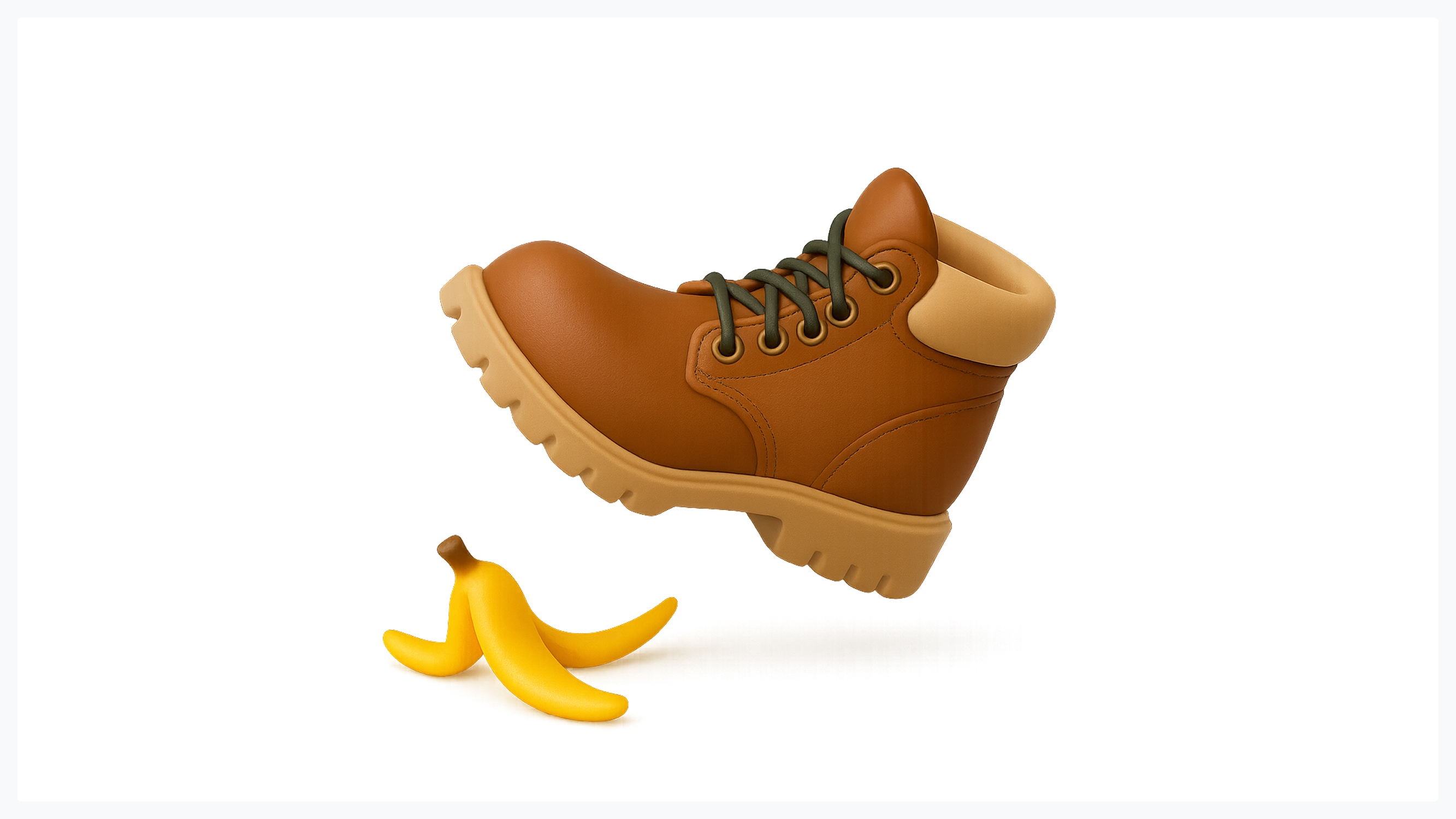
Even with good intentions, startups make predictable errors when choosing a design partner:
Overfitting to One Customer
The biggest risk: building exactly what one design partner wants, only to discover that the solution doesn't work for anyone else.
Mitigation: always validate feedback across multiple partners. If Partner A requests feature X but Partners B and C don't need it, it's likely a custom requirement rather than a core feature.
Choosing Partners Without Real Need
Selecting partners because they're prestigious or friendly — rather than because they have urgent problems — leads to superficial feedback and failed POCs.
A brand-name company that's “interested” but not actively seeking a solution will deprioritize your partnership the moment something more urgent appears. Better to work with a smaller company with a desperate need than a Fortune 500 with mild curiosity.
Undefined Success Metrics
Starting a design partnership without clear success criteria guarantees disappointment. Define KPIs upfront. Track them religiously. Review them together at each checkpoint. This data-driven approach turns design partnerships from subjective experiments into objective validation.
How Glow Team Helps Startups Work With Design Partners

At Glow Team, we've guided dozens of startups through the design partner process — from identifying the right customers to structuring POCs that generate clear validation signals.
Our approach:
- Discovery workshops to define your ICP and ideal design partner profile
- Partner evaluation frameworks to systematically assess candidates
- POC structure and success metrics aligned to business goals
- Feedback synthesis to identify patterns vs. outliers
- Rapid iteration to implement validated learnings quickly
Ready to strategically structure your design partner program? Get in touch with our team, and let's build a validation process that accelerates your path to product-market fit.
Conclusion: The Right Design Partner Defines Your Startup's Direction
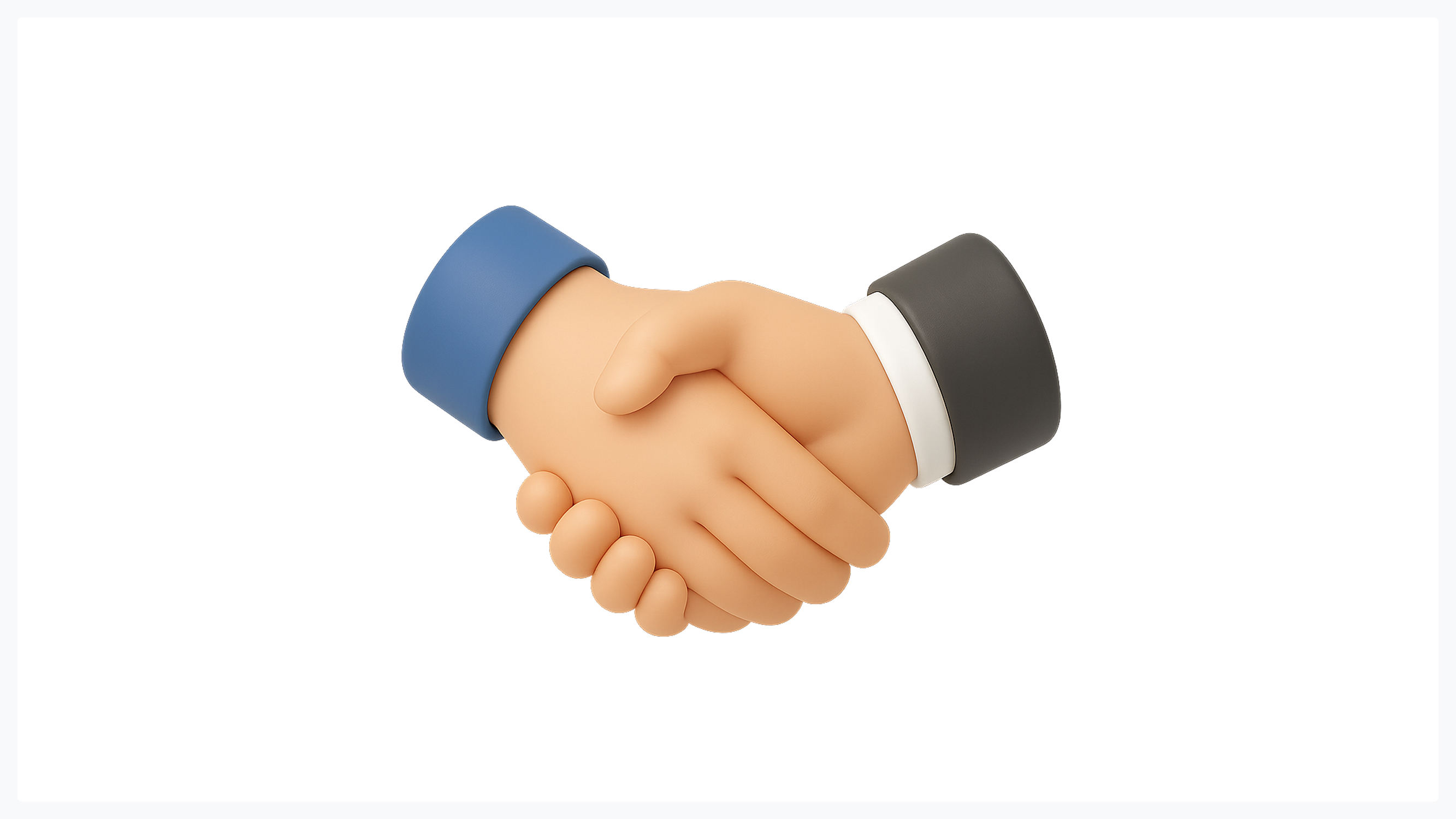
Your first design partners will shape your product more than any other factor at the early stage. Choose partners with deep pain, decision-making power, and honest feedback. Structure partnerships with clear expectations, measurable success criteria, and time-boxed POCs.
The startups that reach product-market fit fastest aren't those with the most resources — they're the ones who choose a strategic design partner for startup relationships and learn systematically from real-world usage. According to Harvard Business School research, customer development and design partnerships are the top predictors of startup success.
Start with 3–7 partners who represent your target market, have urgent needs, and can provide high-fidelity feedback. Structure 60–90 day POCs with clear KPIs. Iterate based on patterns, not outliers. This disciplined approach to choosing a design partner transforms early-stage uncertainty into validated learning — and validated learning into product-market fit.

